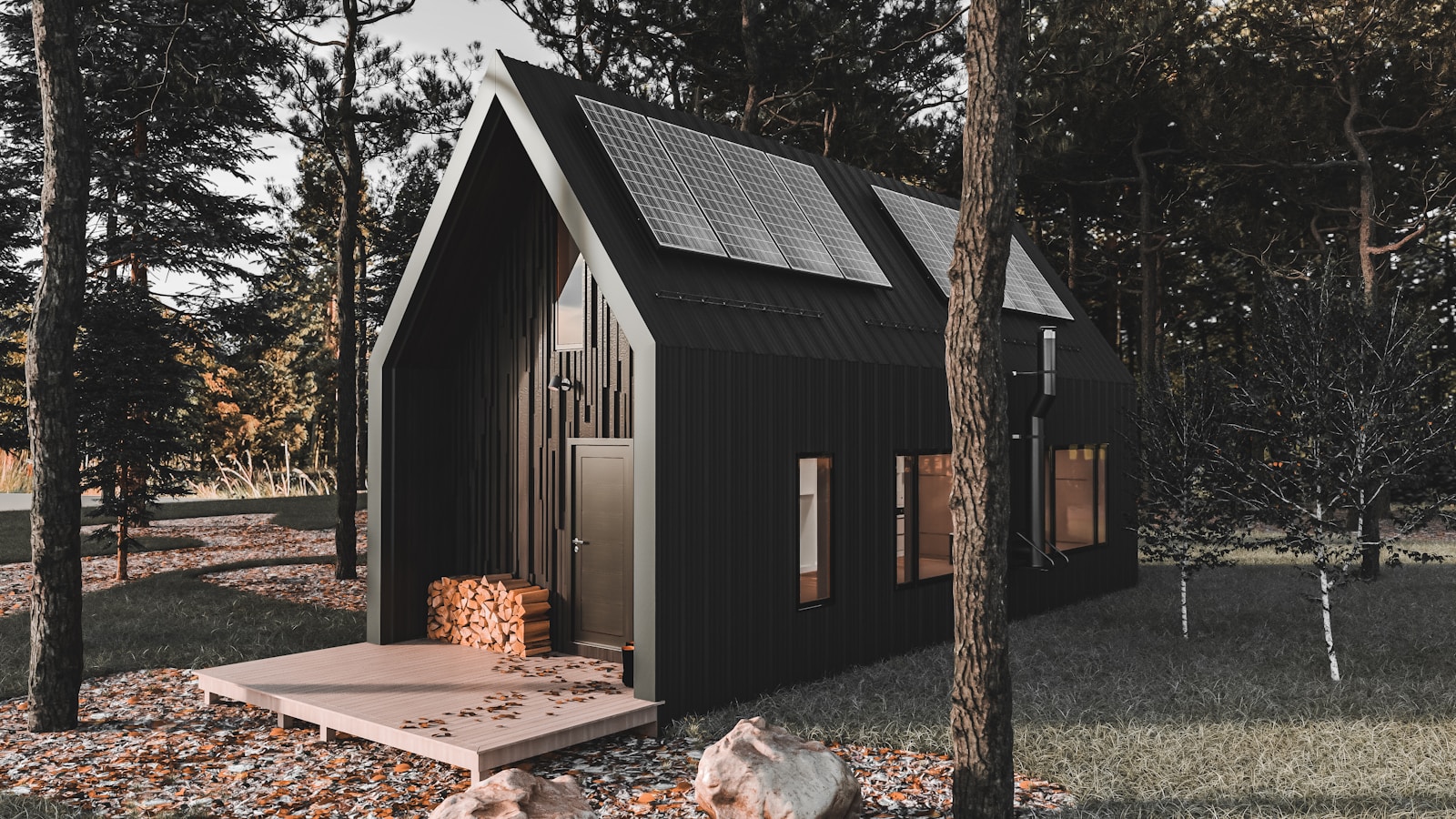In recent years, the tiny home movement has gained significant momentum, with more people opting to downsize and embrace a simpler, more minimalist lifestyle. Whether driven by financial savings, environmental concerns, or a desire for greater freedom, tiny homes are reshaping the way we think about housing.
But is downsizing to a tiny home right for you? In this blog, we’ll explore the pros, cons, and considerations to help you decide if joining the tiny home revolution is the right move.
What Is a Tiny Home?
A tiny home is typically a house under 400 square feet, designed to maximize space and functionality. These homes come in various forms, including:
Tiny Houses on Wheels (THOWs): Portable homes built on trailers for mobility.
Fixed Tiny Homes: Permanent small houses built on traditional foundations.
Container Homes: Homes repurposed from shipping containers, offering durability and sustainability.
ADUs (Accessory Dwelling Units): Tiny homes situated on the same property as a larger main house.
The Benefits of Downsizing to a Tiny Home
1. Financial Freedom
Tiny homes are significantly more affordable than traditional homes, with prices ranging from $20,000 to $100,000 on average. This lower cost allows buyers to avoid large mortgages, freeing up income for other priorities like travel, education, or investments.
2. Minimal Maintenance
With less square footage, maintenance and cleaning become much easier and quicker. Tiny homes also reduce the need for extensive repairs or costly renovations.
3. Sustainability
Tiny homes are eco-friendly by design, using fewer materials during construction and consuming less energy. Many tiny homeowners also incorporate sustainable features, such as solar panels, composting toilets, and rainwater collection systems.
4. Mobility and Freedom
For those who choose tiny homes on wheels, the ability to move your home offers unmatched flexibility. Whether it’s chasing a new job opportunity or traveling to scenic locations, a portable tiny home makes it possible.
5. Simplified Living
Downsizing encourages a minimalist lifestyle, helping you focus on what truly matters. With less space for clutter, tiny homes foster intentional living and reduce stress associated with excess belongings.
The Challenges of Tiny Home Living
1. Limited Space
Living in less than 400 square feet requires careful planning and a willingness to sacrifice certain comforts. If you have a large family or require ample storage, tiny homes may feel restrictive.
2. Zoning and Regulations
Zoning laws and building codes can make it challenging to find suitable locations for tiny homes. Some areas may not allow tiny homes on wheels or have strict requirements for fixed structures.
3. Lifestyle Adjustment
Transitioning from a traditional home to a tiny home often involves significant lifestyle changes. You’ll need to adopt creative storage solutions, live with fewer possessions, and navigate shared spaces with family members.
4. Resale Value
Tiny homes may not appreciate in value as traditional homes do, and finding buyers in the future could be more challenging.
5. Utilities and Infrastructure
Setting up utilities, such as water, electricity, and waste systems, can be complex for tiny homes, particularly for off-grid setups or mobile units.
Is Downsizing Right for You?
Downsizing to a tiny home is a deeply personal decision. To determine if it’s the right choice for you, consider the following:
Your Priorities: Are you seeking financial freedom, a simpler lifestyle, or greater mobility?
Your Needs: Will a tiny home meet your living requirements, including space for family, pets, or work?
Your Location: Are tiny homes allowed in your desired area? Are there nearby communities that support tiny home living?
Your Long-Term Goals: Do you see yourself living in a tiny home for the long haul, or is it a temporary step toward achieving another goal?
Tips for Transitioning to Tiny Living
If you’ve decided that downsizing to a tiny home is the right move, here are some tips to make the transition smoother:
Declutter Gradually: Start downsizing your belongings months before your move, focusing on keeping only the essentials.
Invest in Multifunctional Furniture: Choose furniture that serves multiple purposes, such as a sofa that converts into a bed or a table with hidden storage.
Plan for Storage: Maximize vertical space with shelving and consider off-site storage options for items you don’t use daily.
Visit Tiny Home Communities: Spend time in tiny home communities to get a feel for the lifestyle and gather inspiration.
Work with Professionals: Consult with tiny home builders or architects to design a space that fits your needs and complies with local regulations.
Conclusion
Tiny homes offer an exciting alternative to traditional housing, combining affordability, sustainability, and simplicity. However, they also come with unique challenges that require thoughtful consideration. Whether you’re looking to reduce your environmental footprint, achieve financial independence, or embrace a more minimalist lifestyle, tiny homes could be a transformative choice.
If you’re considering downsizing and want expert advice on the real estate market or finding the perfect location for your tiny home, don’t hesitate to reach out. Let’s explore your options and help you make a move that aligns with your goals!


